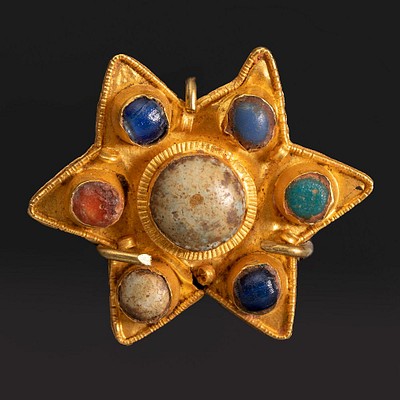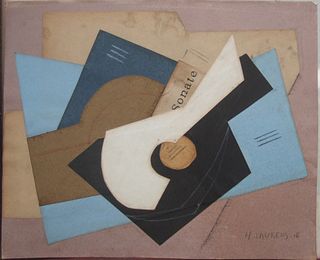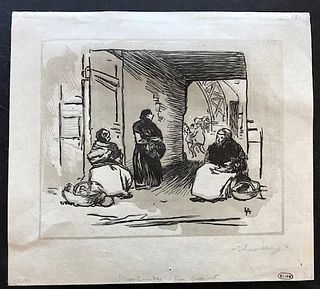Guadamecil; Cordoba, XVIII century. Embossed leather gilded and polychrome corleado.
Lot 89
About Seller
Setdart Auction House
Carrer Aragó 346
Barcelona
Spain
Setdart Subastas was born in 2004 and is currently the first online art auction in Spain with solidity, prestige and reliability guaranteed by our more than 60,000 users. Setdart has a young, dynamic and enterprising team ready to successfully manage the purchase and sale of art works through custom...Read more
Categories
Estimate:
EUR€3,500 - EUR€4,000
$3,763.44 - $4,301.08
Absentee vs Live bid
Two ways to bid:
- Leave a max absentee bid and the platform will bid on your behalf up to your maximum bid during the live auction.
- Bid live during the auction and your bids will be submitted real-time to the auctioneer.
Bid Increments
| Price | Bid Increment |
|---|---|
| EUR€0 | EUR€10 |
| EUR€200 | EUR€25 |
| EUR€500 | EUR€50 |
| EUR€1,000 | EUR€100 |
| EUR€3,000 | EUR€200 |
| EUR€5,000 | EUR€500 |
| EUR€10,000 | EUR€1,000 |
| EUR€20,000 | EUR€2,000 |
| EUR€50,000 | EUR€5,000 |
About Auction
By Setdart Auction House
Dec 21, 2021
Set Reminder
2021-12-21 07:30:00
2021-12-21 07:30:00
America/New_York
Bidsquare
Bidsquare : Córdoba: 2,000 Years of Art
https://www.bidsquare.com/auctions/setdart-auction-house/c-rdoba-2-000-years-of-art-8049
Setdart Auction House sofia@setdart.com
Setdart Auction House sofia@setdart.com
- Lot Description
Guadamecil; Cordoba, XVIII century. Embossed leather gilded and polychrome corleado. Presents breaks and faults. Piece mounted on frame. Measurements: 98 x 200 cm. Piece of leather, or tanned sheepskin that presents a golden and embossed finish. The work of rectangular format, presents a design in low relief of baroque inspiration, dominated by synthesized vegetal elements, and bunches of colored flowers. The ornamental pattern stands out for its elegance and sobriety, based on a rhythmic and symmetrical structure that presents vegetal motifs arranged rhythmically along the front. The guadamecil, or Guadamecí also known as Cordoba leather, was a product that originated in North Africa and was introduced in Spain in the 9th century. In Spain, these embossed leather tapestries were known as guadamecí, referring to the Libyan city of Ghadames, while cordobanes ("Cordovan") meant soft goatskin. In 1316, a guild of Cuir de Cordoue (Cordoba leather) existed in Barcelona. Spanish golden leather was popular until the early 17th century. In the 15th or 16th century, the technique reached the Netherlands, first in Flanders and Brabant, where it developed further. Although there were craftsmen in several cities (such as Antwerp, Brussels and Ghent), the main center of gilded leather craftsmanship was Mechelen. It was also exported to Germany, Denmark, Sweden, China and Japan. The last gilt-leather merchant in Amsterdam, Willem van den Heuvel, closed around 1680, but trade and production continued in Flanders and northern France. With the advent of printed wallpaper from around 1650, often imported from China and manufactured in Europe, the much more expensive leather wall coverings began to decline, although they continued to be used, in a rather revivalist spirit, in very luxurious homes.
- Shipping Info
-
In-house shipping available. Please inquire at admin@setdart.com.
-
- Buyer's Premium



 EUR
EUR CAD
CAD AUD
AUD GBP
GBP MXN
MXN HKD
HKD CNY
CNY MYR
MYR SEK
SEK SGD
SGD CHF
CHF THB
THB










